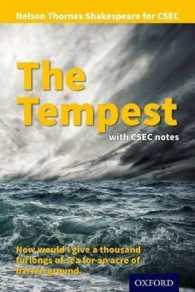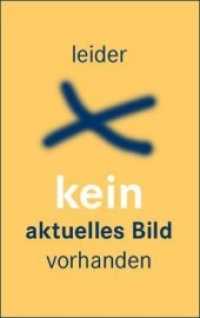Full Description
This book entitled, Various Types of Assessment in Education: Monitoring and Evaluating Success and Failure in Pedagogy, presents the assessment, a key component of education because it determines the extent to which pedagogy has been successful in imparting knowledge to learners. Thus, assessment comprises a wide variety of tools and methodologies that educators rely on to document, measure, monitor, and evaluate learners' educational needs, skill acquisition, learning progress, and academic readiness. Assessments are often equated with traditional tests or examinations. It is a branch of standardized testing that was developed by companies to be administered to large populations of students. Educators are moving away from the idea that standardized tests are the only component of assessment. Instead, they seek an increasingly diverse set of methods and tools that can measure complex and sophisticated benchmarks. Other tests are so advanced that they are used internationally for comparative studies of educational achievement. Thus, the norm has been established that assessments serve several functions in much the same way as the process of pedagogy. In addition, assessment requires the creation of new knowledge and the imaginative application of pre-existing knowledge. Students may be required to read and analyze different texts to conclude the content. Others require the practical development of tools that can facilitate social life. Assessments can be used to identify the weaknesses of learners, or some of them, which are then addressed by reconfiguring the curriculum or teaching method. Assessment can identify learner strengths to provide new and better opportunities for learners. An example of this is that assessments can identify advanced learners who require special forms of pedagogy. In the same vein, these assessments are critical in diagnosing or identifying learners with special needs. A specialized educational program can then be prepared and implemented to respond to the identified challenges. In other words, the assessment process can be positive or negative depending on how it is conceived and operated. All these topics are detailed throughout the book in each of its chapters: Chapter 1: Typologies of assessment Part A, Chapter 2: Typologies of assessment Part B, Chapter 3: Typologies of assessment Part C, Chapter 4: Modalities in education and assessment, Chapter 5: Priorities in education and assessment, Chapter 6: Support for teachers and learners in assessment, Chapter 7: Key challenges in education and assessment, Chapter 8: The future of educational assessment and reform agendas. This book aims to free students from the anxiety caused by evaluations. The importance of continuous and holistic assessment is emphasized.





